YardEdge Talks to Douglas Reid of Grosvenor Galleries About the State of Jamaican Art Today
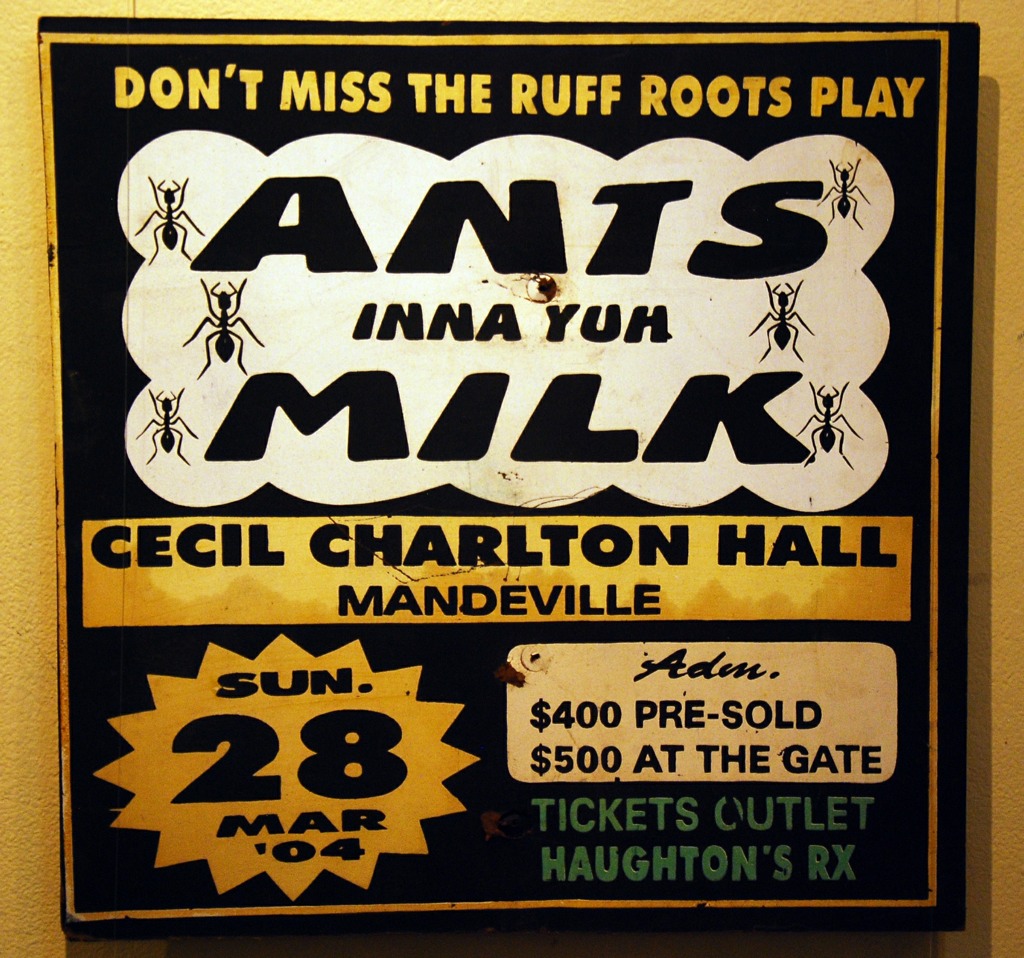
YardEdge had a chat with Douglas Reid of Grosvenor Galleries about his urban poster collection on now at the gallery, his upcoming show, the Dudus Chronicles, and the state of Jamaican art today.
YardEdge: What got you started collecting these street signs?
Douglas: From the first time I really noticed them, I found them irresistable.
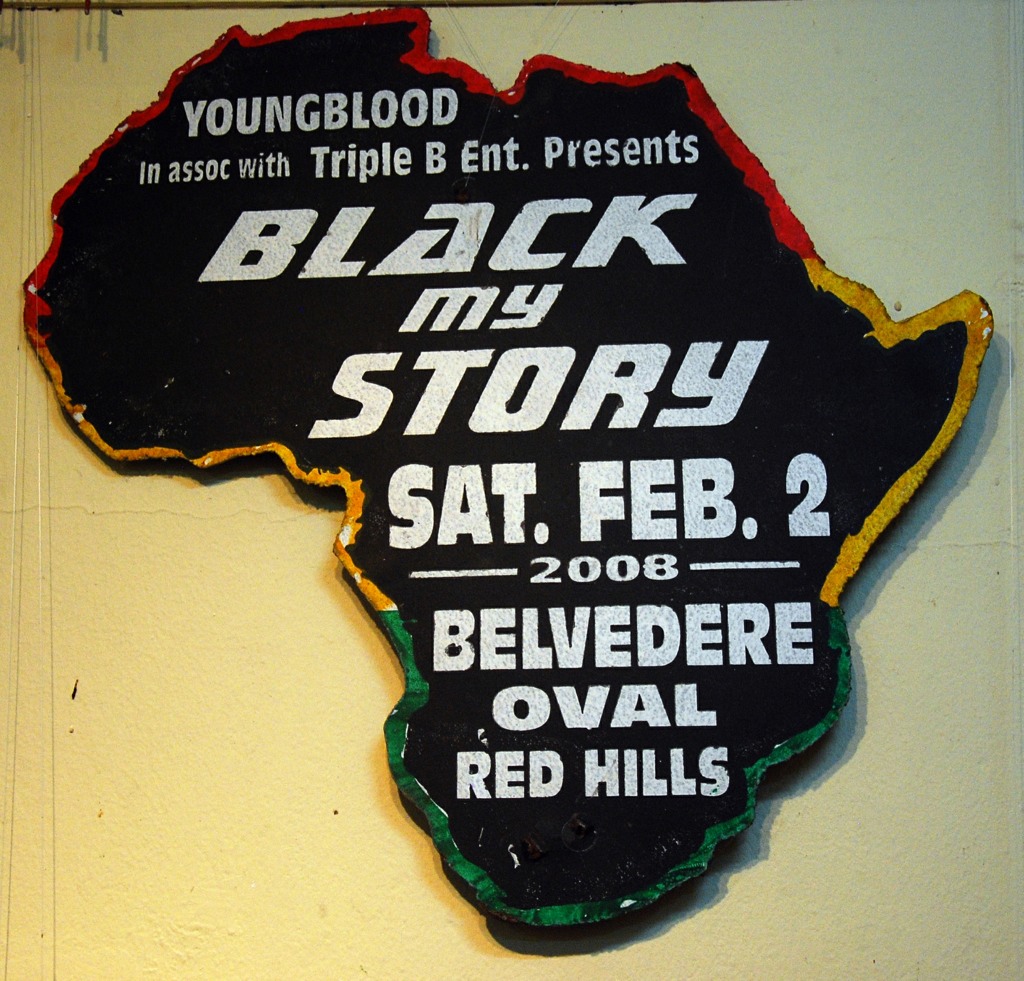
YardEdge: What do think is artistically significant/culturally relevant about them?
Douglas: “Fine Art” is unfortunately inaccesible to many, and only available from a fairly limited number of outlets (generally Art Galleries), and to me has become somewhat removed from our day-to-day reality. The signs represent a visual, stylistic, and literal language employed by a different, typically non-gallery sector of Jamaica to publicise events, and generally communicate with the public, with a wide distribution, so-much-so that many people probably hardly notice them, being somewhat de-sensitised, and this exhibition allows “gallery-goers”, and anyone else that might be interested, an opportunity to see about 90 of my best and most varied signs up close, and all in one place.
YardEdge: How long will they be available/on display?
Douglas: The show will continue it’s run until the 19th August.
YardEdge: Tell us a bit about the gallery- how did you get started? What’s your vision? What are you trying to achieve, etc?
Douglas: I started in the gallery business almost 25 years ago, because of my interest in the various art forms, and types of artistic expression that I had had the good fortune of being exposed to. Like other galleries, I want to show “good work”, but I think we distinguished ourself early on as a gallery that was willing to show much less “main stream” art, and art that was much more experimental. I have always wanted to raise the awareness of this type of art, and in so doing, broaden the spectrum of the art that is available to us.
YardEdge: How would you describe the state of Jamaican art today?
Douglas: Jamaican art today still has a hold on me. Many individuals continue to make accomplishments, and push certain barriers. One sad limitation, is that other boundaries continue to imprison us. One such limitation, and boundary that we shy away from, is the duty to report and chronicle our experiences, by documenting them as our history unravels, before the essence of these experiences are lost.
One prime example, is that the only artist known by me to document the recent chaos in Tivoli, is a visiting artist from Belize. Actually, the next show is scheduled to open on Saturday 21st August, and we intend to show the works of this Belizean artist by the name of Hubert Neil, Jr.
In my 25 years in the art business in Jamaica, I have seen very little “social commentary” that grapples with the problems that are unique to us. I made reference to this tendency above, where I stated that I think we we are somewhat removed from our reality, choosing to ignore the more painful aspects of our existance. Were we more accepting of our reality, we may eventually overcome many of the woes that currently plague us.
YardEdge: Other thoughts?
Douglas: Our talents in the visual art arena, are akin to our talents in the musical sphere. The only difference being that we may have to visit a gallery to appreciate this fact, instead of simply turning on a radio. The results are no less pleasing though, so come on in.
Grosvenor Galleries is located at 1 Grosvenor Terrace, which is off Constant Spring Road, at the very top of Constant Spring Road, near Manor Park but on the left hand side going up, opposite Manor Park Plaza.
Our opening hours are 10 a.m. to 5 p.m. Tuesdays to Saturdays . We can be reached by phone on 924-6684 or e-mail at grosvenorgallery@cwjamaica.com or jamaicanart@hotmail.com
YardEdge: Thx. much!
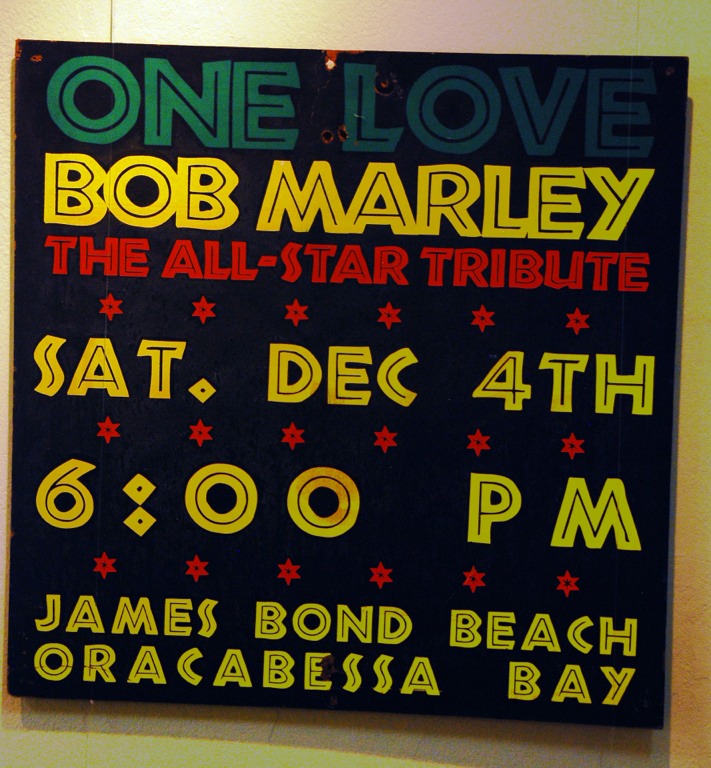
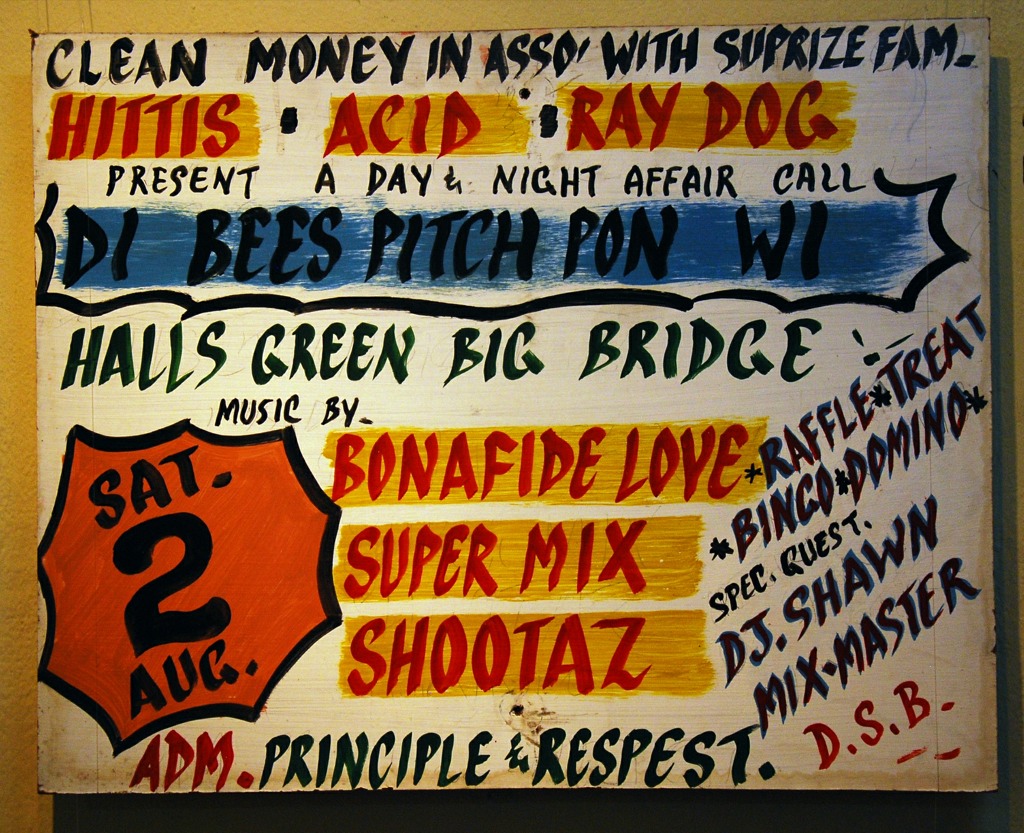
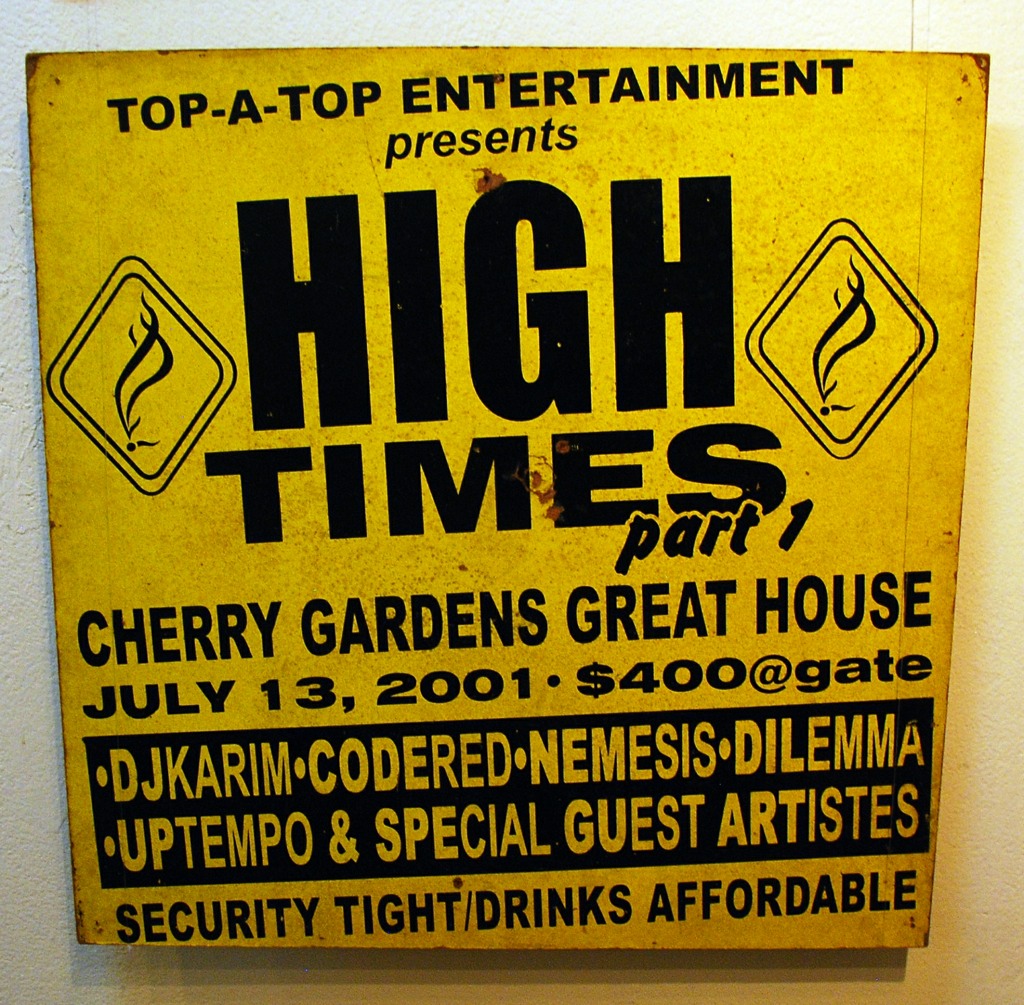
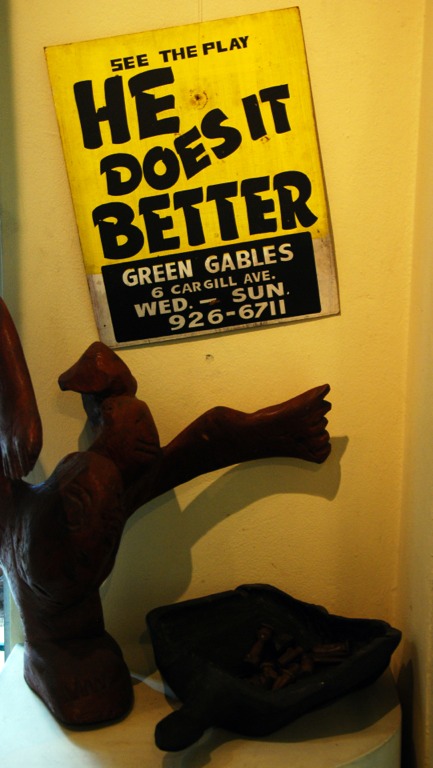
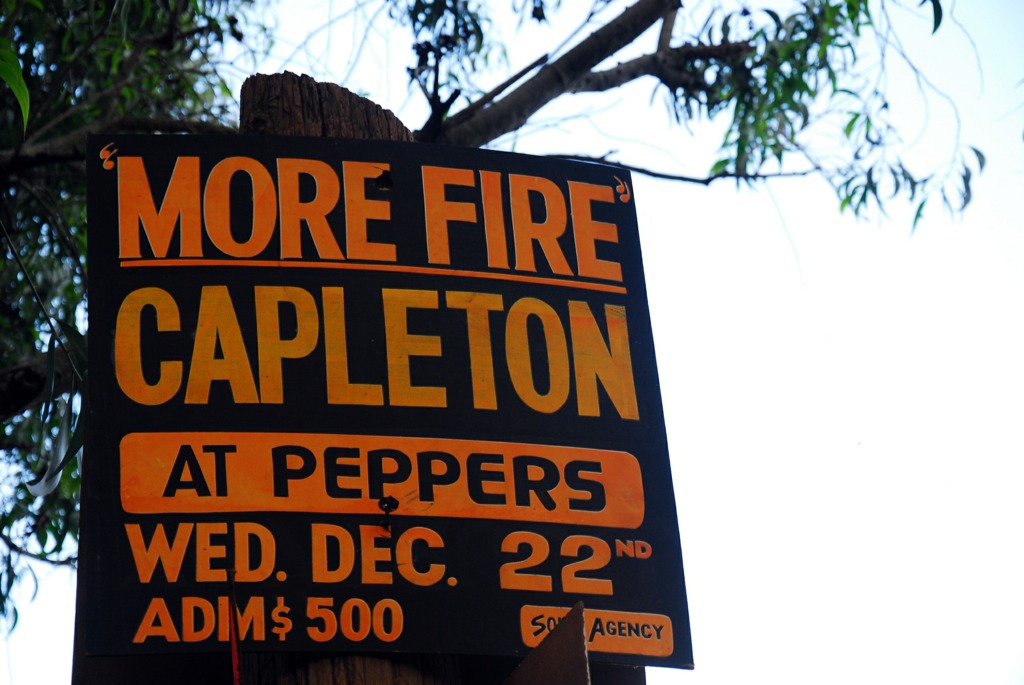
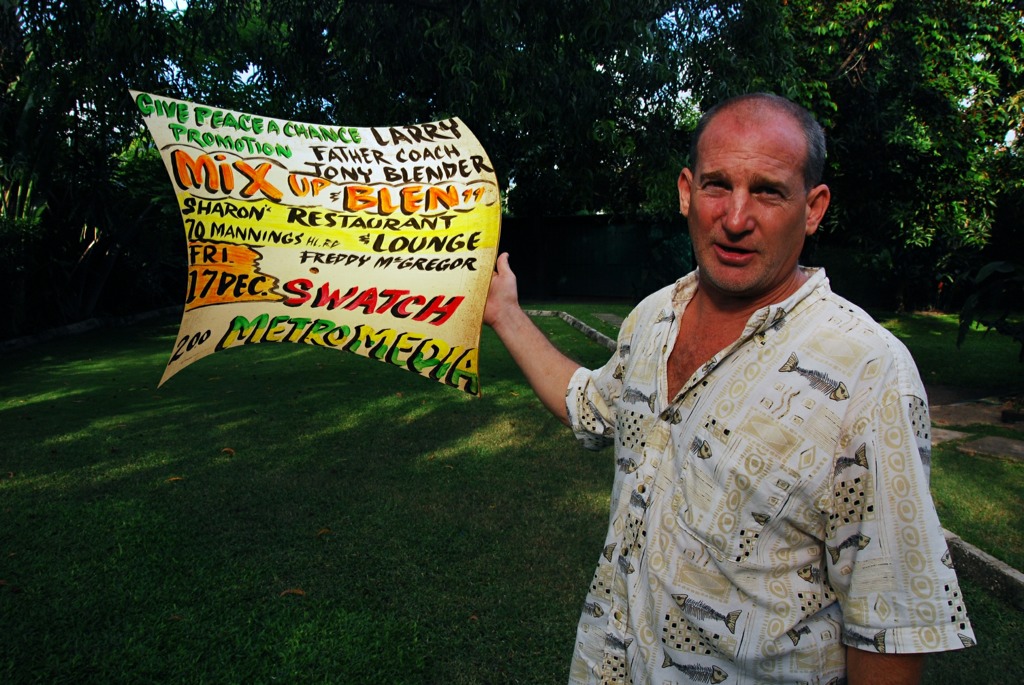
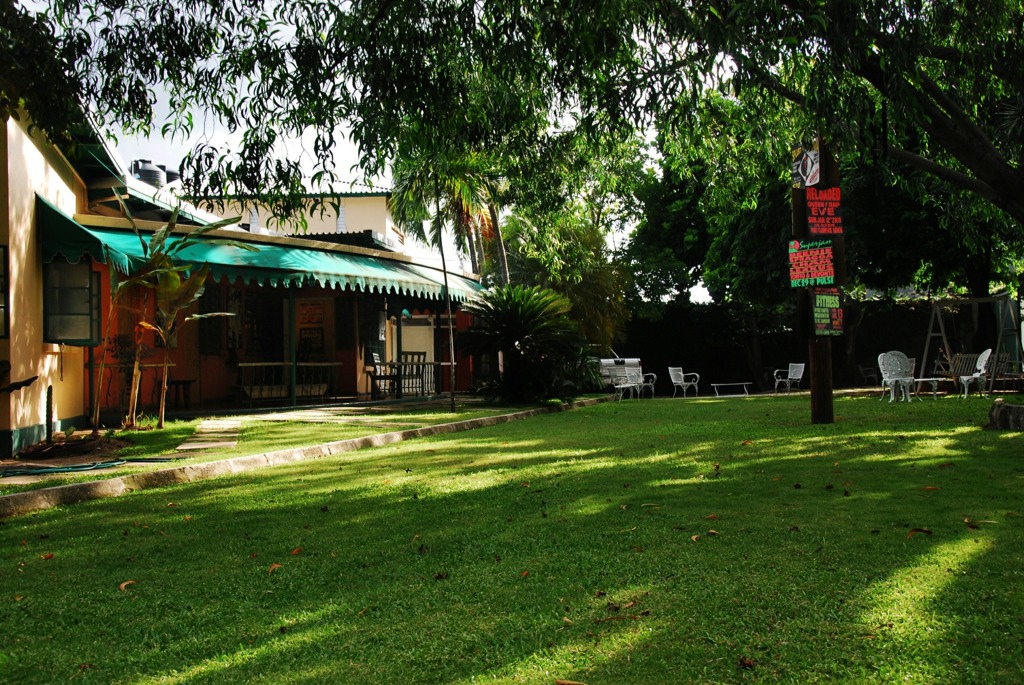
Grosvenor Galleries
All photos courtesy of Berette Macaualy of SeBiArt.
See YardEdge video interview with Douglas Reid


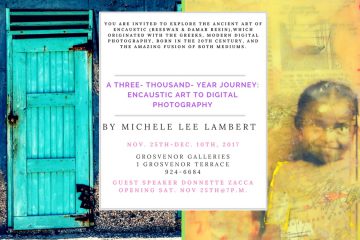
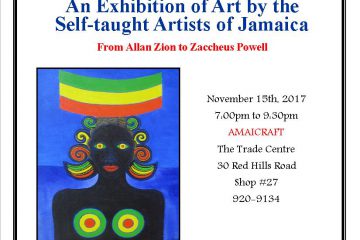


1 Comment